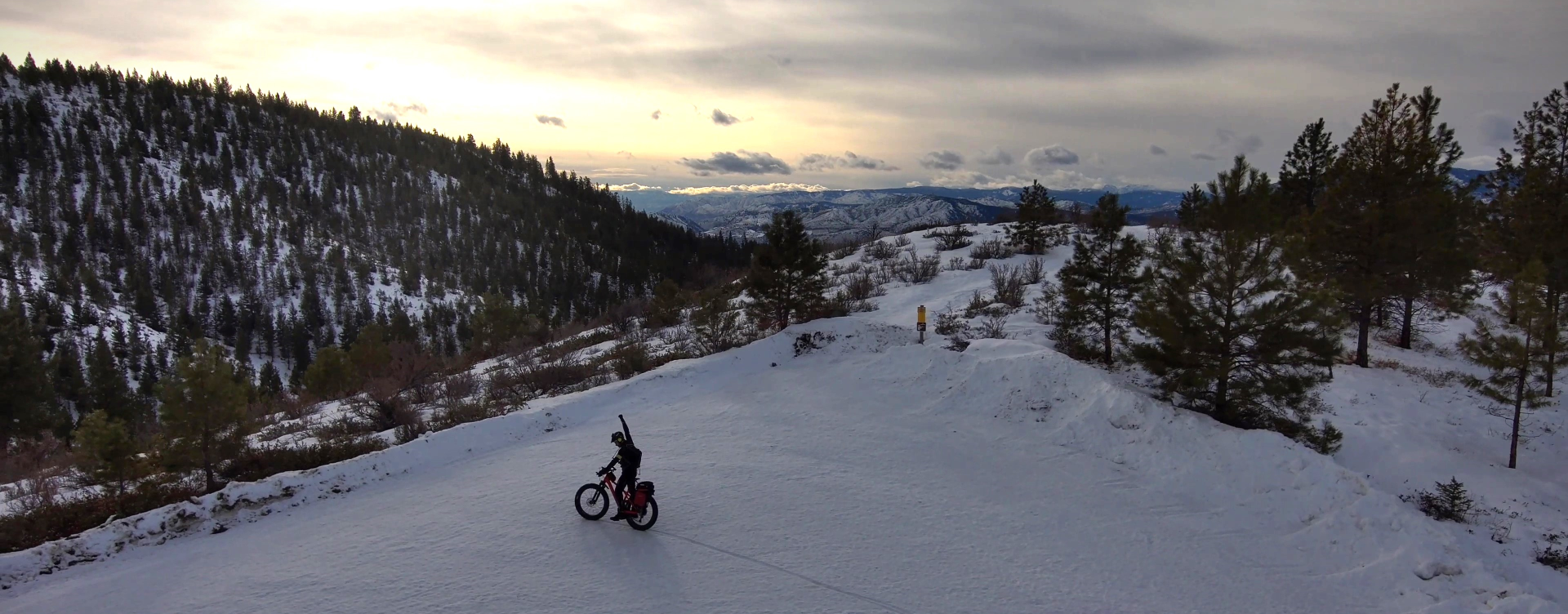Planning a long trip with your bicycle is not an easy task, particularly when it involves multiple destinations and modes of transportation. After having the opportunity to take a few weeks off during the summer of 2022, the geek cyclist decided to embark into the adventure of putting together a new bike build that would facilitate the packing and transportation process in airplanes, trains, and rental cars.
The first step was deciding the material for the frame. Since I wanted to be able to split the frame in two parts, the options were narrowed down to steel or titanium. Two shops caught my eye: Rodriguez Bicycles in Seattle, WA, USA No 22 bicycles in Toronto, ON, Canada. The former had been in the back of my mind for a while: they are close to where I live, has a great reputation within the cycling community, and has been around since 1973. The latter got my attention after being featured in multiple Internet articles showcasing their innovative coupler system, almost invisible to the eye.
Both companies were extremely responsive to my email requests, getting answers to my questions within a few hours. There are multiple debates about steel vs. titanium frames, but in my case, the decision to use the former was very simple: as I mentioned, Rodriguez bicycles is nearby, which means that I could follow the building process much closer. Also, I like the fact that steel can be repaired almost anywhere in the world.
Smiley, who is in charge of the fitting process at Rodriguez, did an amazing job explaining the process to me, while taking all my measurements and recommending a geometry based on my riding preferences, which include road and gravel riding, while attacking long and steep hills. We went with the “Bandido” model, which has been discontinued for a while, but being the lightest of their lineup, they were able to find the parts needed in their shop. We ended up with the following design:

Two other features were important to me: I wanted to be able to run Di2 wires inside the frame, and I needed the option to quickly remove the disc brake hoses. Dan, the owner of the shop, worked directly with me to finalize the design with these options in mind. I also requested changes to support a bottom water bottle cage, fenders, and a rack system.
Giving the supply chain issues for parts due to the recent pandemic, it was up to me to get them separately. The first important choice was the form, which would affect the final design. I considered two options: the ENVE adventure fork and the counterpart version from Ritchey. I ultimately decided to go with the latter because the disc brake hose runs on the outside, something that it’s important for disassembling the bicycle. More on this later.

I was lucky enough to find it in stock at the Ritchey website. While being there, I also got their WCS headset, a bottom bracket (english, external thread), and a carbon stem. For the drivetrain, I went with the Shimano GRX Di2 groupset. I might write in the future about this choice, but suffice to say, I already have a significant investment in parts, tools, and knowledge for Shimano systems.








And fully assembled…

I will add a post later showing the packing process for traveling.
In the meantime, ride smart, live epically.
– The Geek Cyclist
